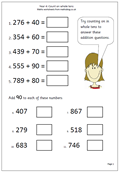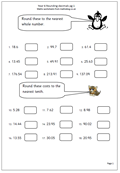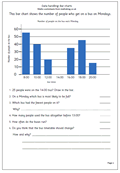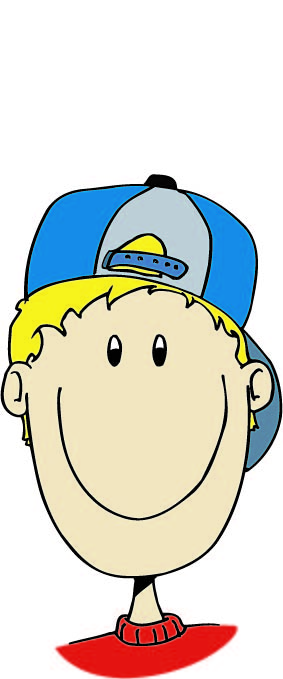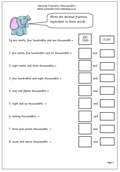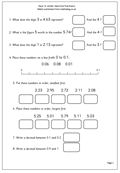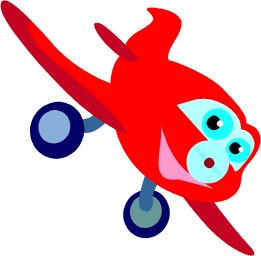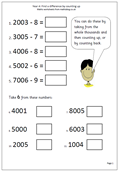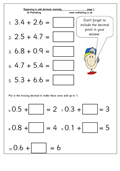 At first glance you might reach for a pencil to do a sum such as 2.5 + 4.7. However, the Primary Framework for Maths suggests that children should be competent in adding two 2-digit numbers in their heads, and there is no reason why, with a little practice this can’t include adding two decimals. The most common approach is almost identical to adding tens and units.
At first glance you might reach for a pencil to do a sum such as 2.5 + 4.7. However, the Primary Framework for Maths suggests that children should be competent in adding two 2-digit numbers in their heads, and there is no reason why, with a little practice this can’t include adding two decimals. The most common approach is almost identical to adding tens and units.
Start by adding the largest digits, in this case the units: 2 + 4 = 6.
Then add the larger of the two tenths digits, which is 0.7, making 6.7.
Finally add on the 0.5, by counting on if necessary, making 7.2. Easy!
There are, of course other approaches, such as adding 2 to the 4.7 to make 6.7, then adding the 0.5, which are equally good. It often depends on the numbers involved and any method which is quick and accurate is fine!
